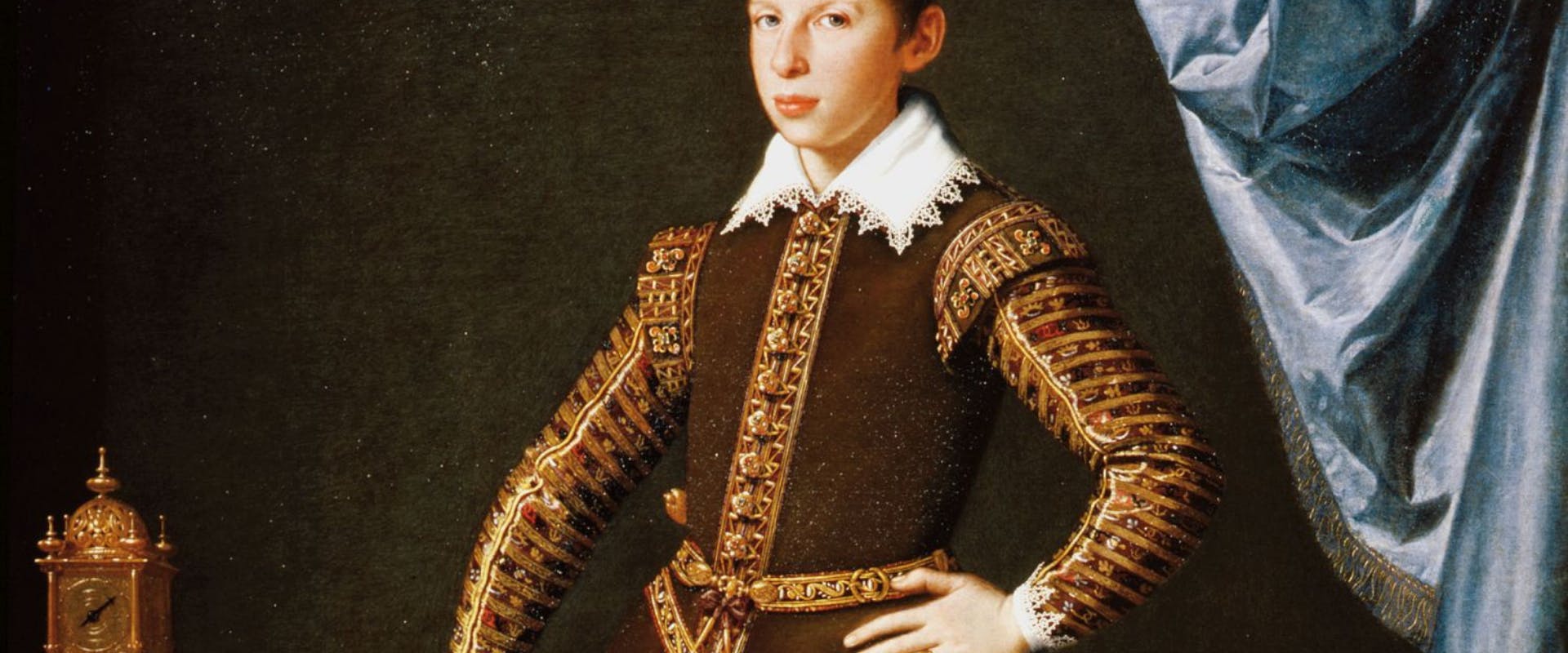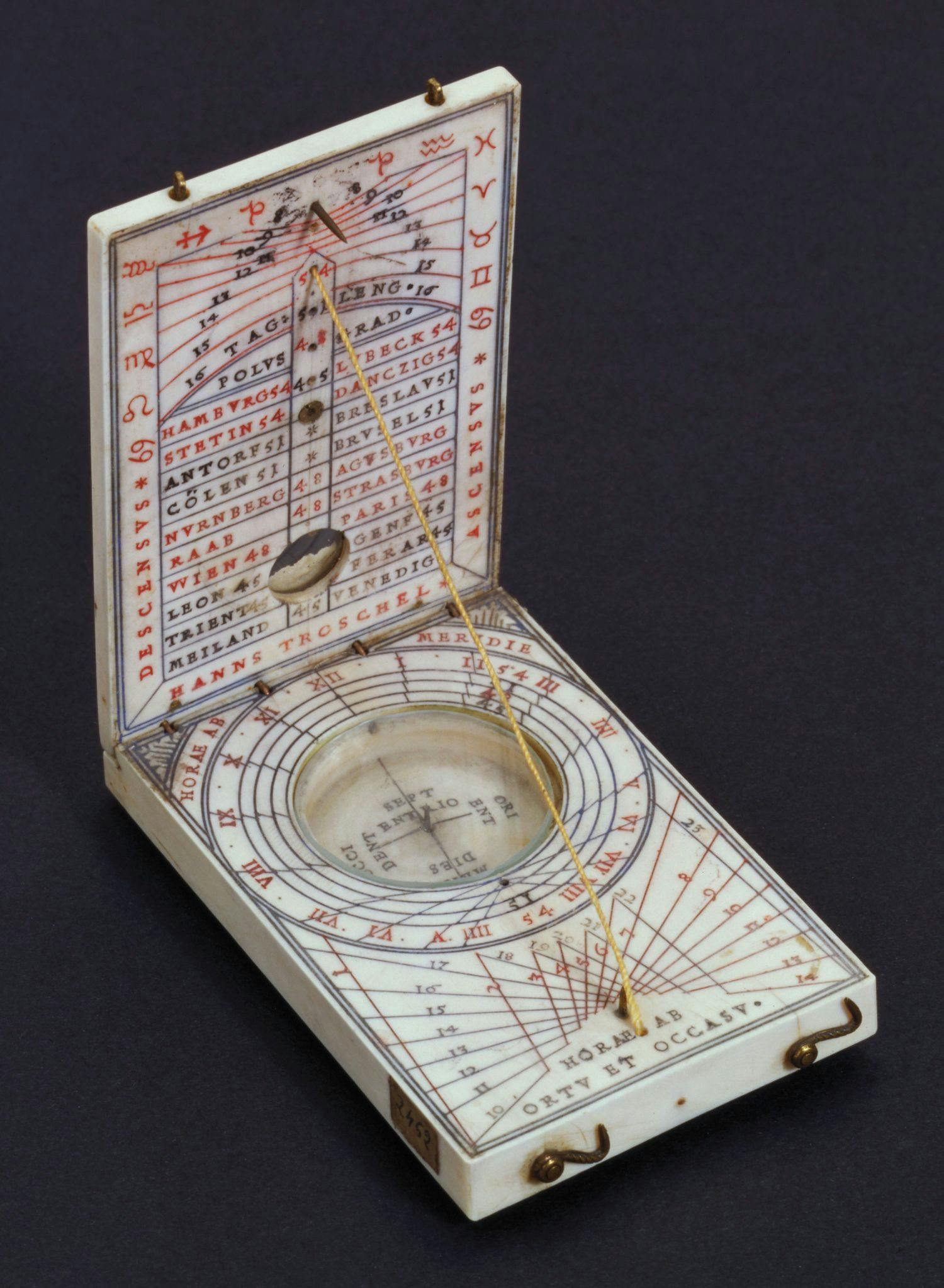Real time and reality time: the clocks of the Pitti Palace from the 17th to the 19th century
The exhibition is a tribute to the Medici collections of clocks, which constitute one of the largest collections of this kind in existence today, and their home, the Pitti Palace, whose sumptuous decorations frequently reflect the theme of the passing of time.
The exhibition stems from the desire to draw the public's attention for the first time to the substantial collection of clocks and watches preserved in the prestigious rooms of the Pitti Palace. Through a significant selection according to form and intended use, these art objects are set against a striking backdrop of furnishings, paintings and clothes of the period, thus allowing us to imagine how these accessories must have looked in their original context.
Studied chiefly as part of the Palace's immense wealth of furnishings and works of art, the clocks, silent witnesses of the flow of events, were crucial in regulating the rhythms of life at court and symbols of prestige for their owners. This study has also made it possible to appreciate the extraordinary quality of the clocks in their various forms, both from a technical-scientific and historical-artistic point of view. From this perspective, this instrument, already highly symbolic due to its function, becomes the union of two apparently opposite poles, science and art: on the one hand, the clock itself, made up of increasingly sophisticated and complex mechanisms, and on the other, the watch case which, initially created to protect its delicate internal components, has been transformed into an actual work of art with its own distinctive value.
Indeed, the art of watchmaking fascinated the noble inhabitants of the Palace, who employed the best masters working in Italy and elsewhere, inviting them to their court to create important pendulums.
As a functional object, but at the same time a precious ornament, the clock is an accessory that mutates over the centuries, especially with the social change taking place at the end of the 19th century, and reaches its final metamorphosis with the wristwatch, so fundamental to the new, frenetic rhythms of modern age life.
The exhibition, curated, like the catalogue published by Sillabe, by Enrico Colle and Simonella Condemi, is promoted by the Italian Ministry of Cultural Heritage and Activities and Tourism with the Uffizi Galleries and Firenze Musei.

